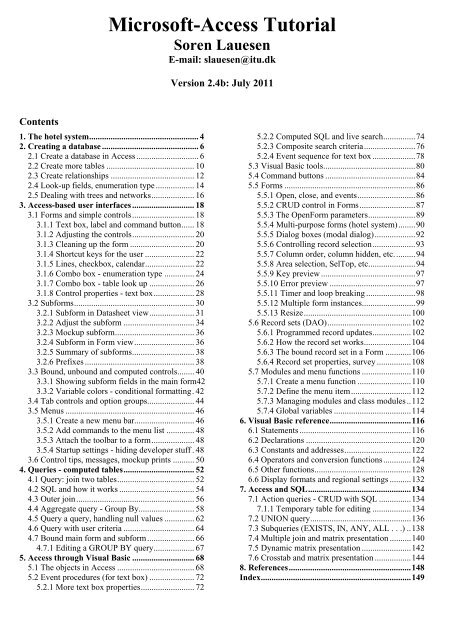

The data type column is where you define what type of data is allowed in this particular field for each record. This name is what you will see at the head of the column in your actual database. The field name column is where you enter the name for your data field (“ID” in the automatically generated field). It can be removed or changed, although it’s often wise to leave as is, for reasons to be discussed later). (Access automatically creates the first field, titled “ID”.


On the opening screen (see below), single-click on “Blank Desktop Database.”.(It’s worth looking at Microsoft’s article on Database Design Basics –specifically the “What is Good Database Design?” section.) If you need to store information about more than one type of thing, you’ll want to create multiple tables. Each field in that table should be a different piece of information about that one thing. Each type of thing you want to store information about should be in its own table. Determine what information you want in your database.You could add an infinite number of books to this table, and it could store the same information about each.Each book would be represented by a single record with those six fields (each represented by a row on the table).Title, ISBN, Date Ordered, Date Received, Vendor and Cost.) Each field (contained in the columns) represents a bit of information you might want about each book (e.g.Each item in an Access table is represented by a single record with a number of data fields containing descriptive information about that item.įor example, if you were to create a database of books ordered for a library, you might end up with a table like the example below A basic Access database stores information about like items with common attributes in tables. It is used primarily for storing data and giving easy access to those data.


 0 kommentar(er)
0 kommentar(er)
